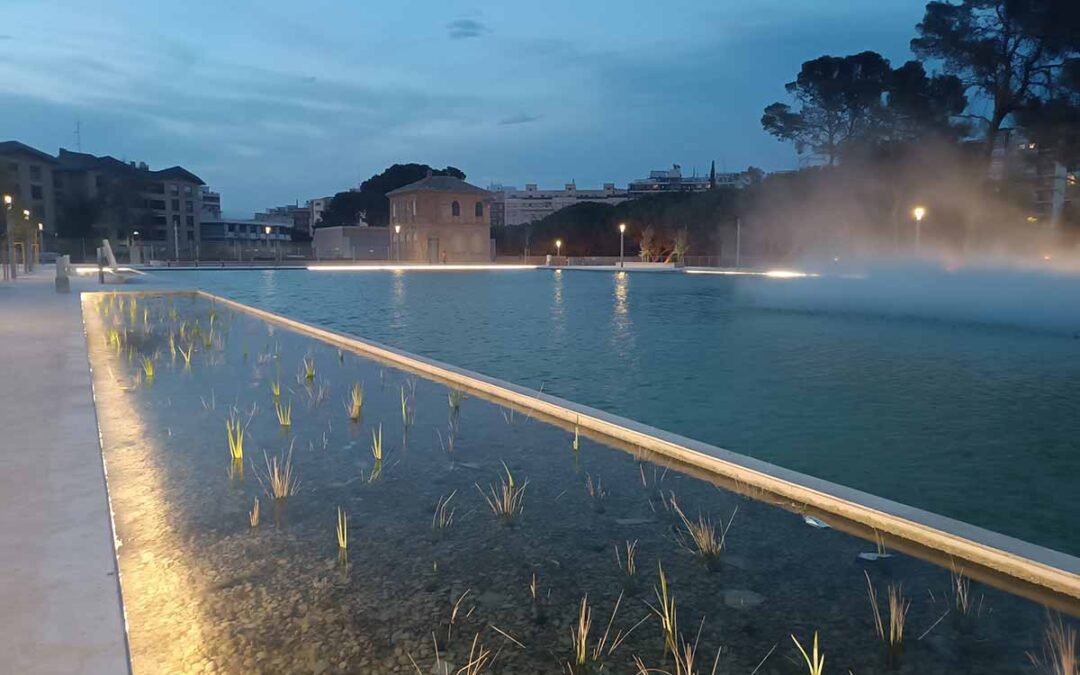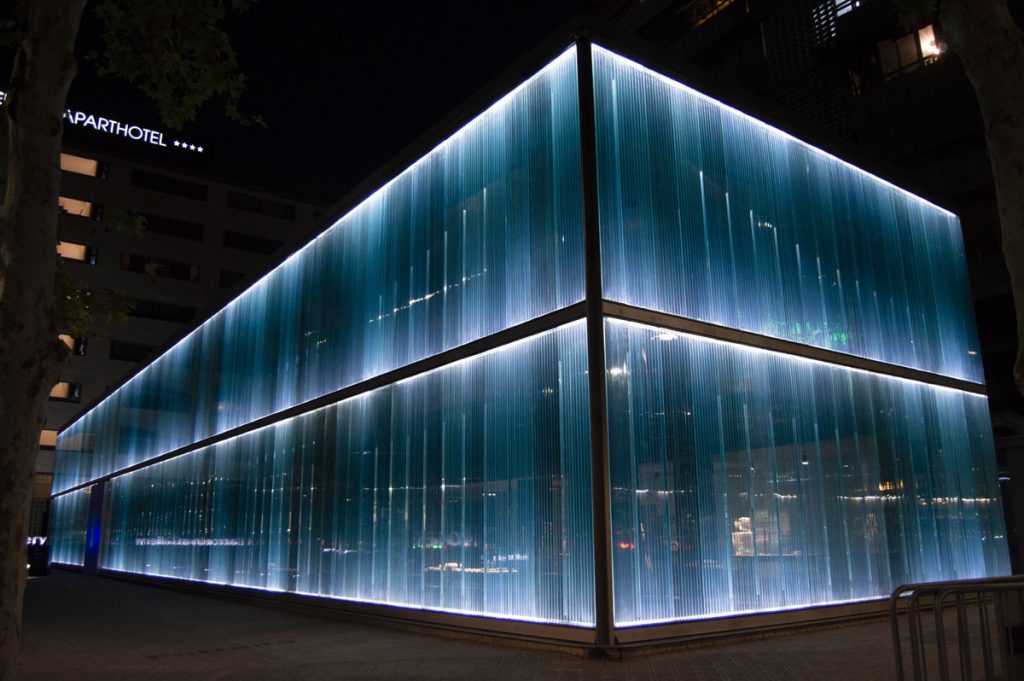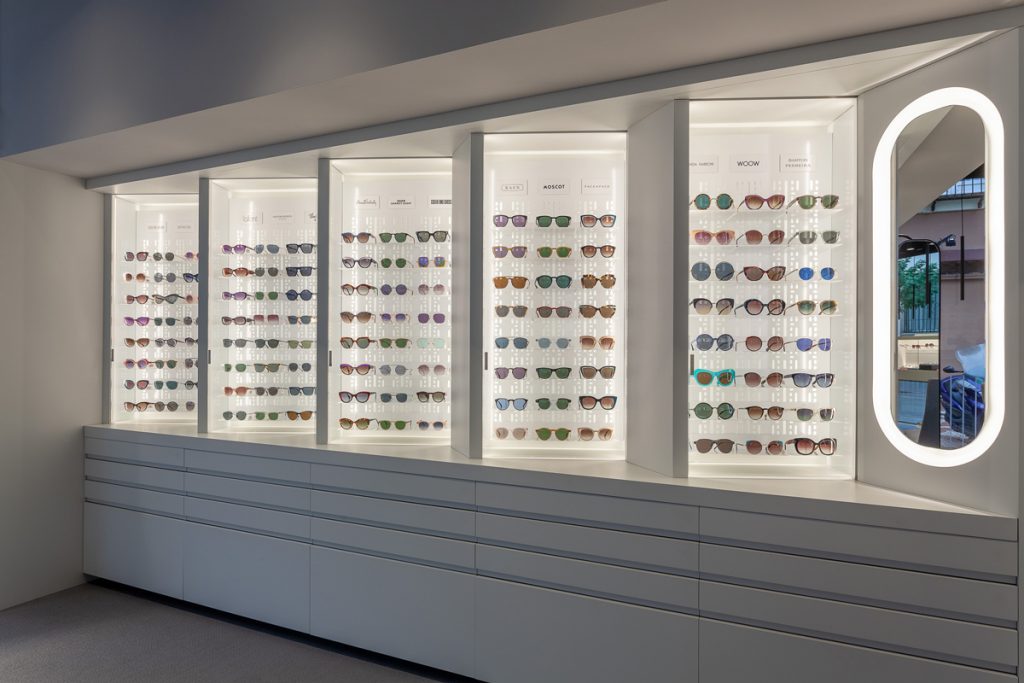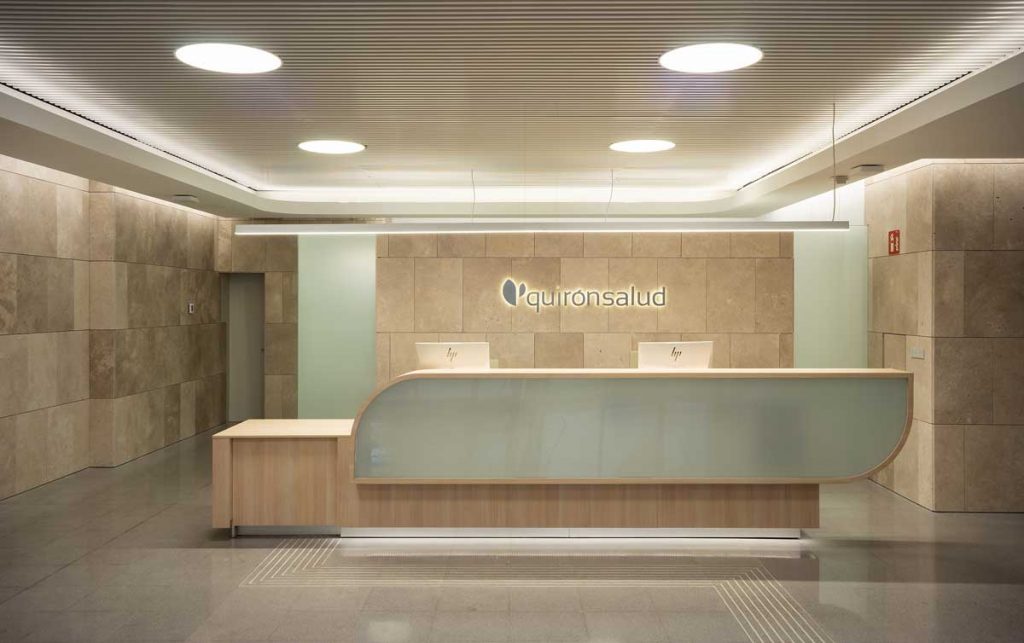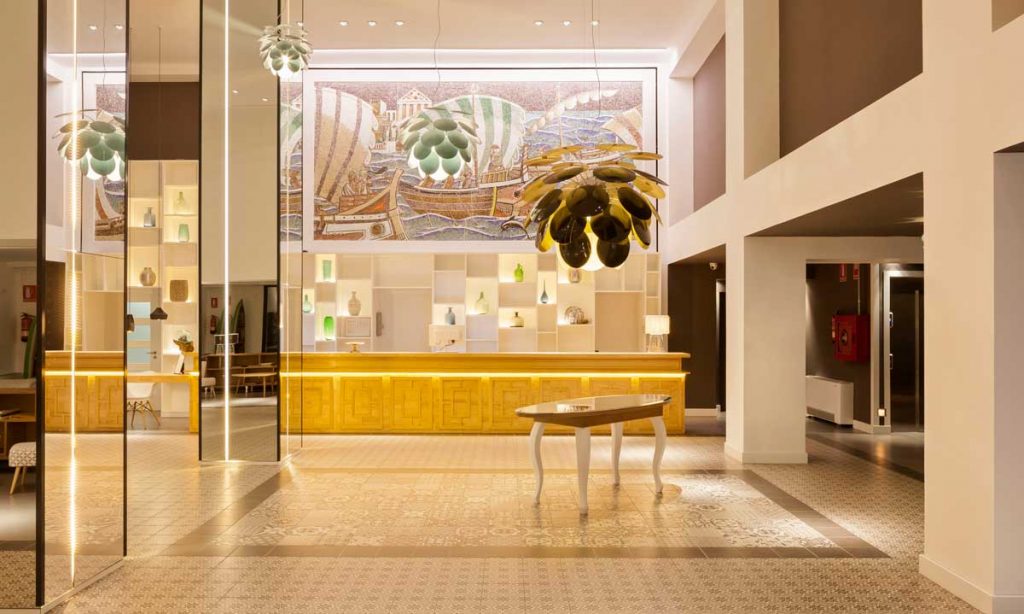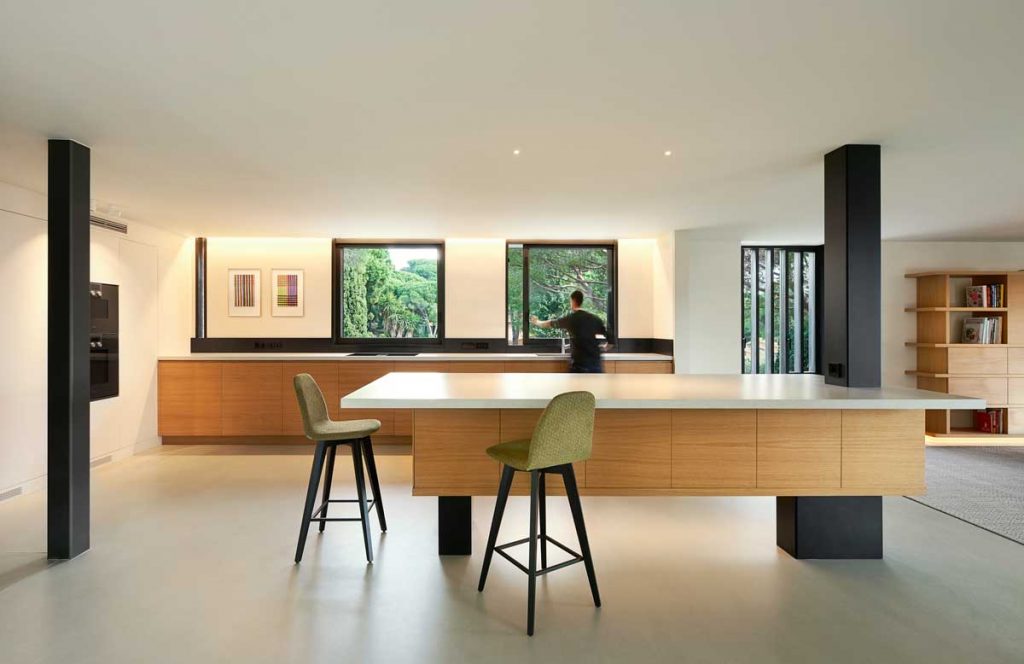
Light is one of the most important construction elements when designing and defining spaces. And certainly linear lighting has made significant progress in providing flexible and attractive lighting solutions. But how does one prescribe the most suitable solution for each project?
The correct choice of linear lighting products requires first of all the definition of the lighting effect and the atmosphere to be achieved. And to translate these effects and atmospheres into specific applications and products, it’s important to know the five key elements in the specification of linear LEDs:
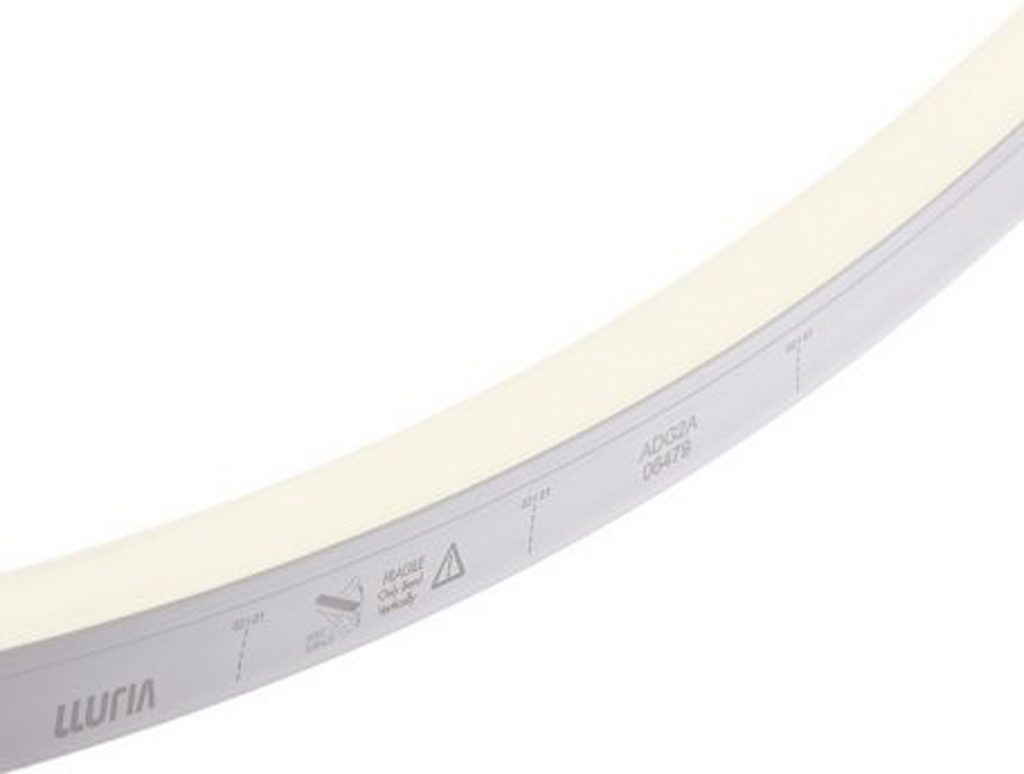
1. The LED strip
To choose the most suitable LED strip, the first step is to ask yourself, ‘How much light do I need?’ To quantify it, values such as lumens/metre or watts/metre are used, which respectively indicate the amount of light that a metre of LED strip will emit and its consumption. Lluria’s products range from 350 lm/m–4.8 W/m for the Mini strip, to 5950 lm/m–37W/m for the Energy strip.
On the other hand, to define the quality of light it’s essential to decide the tone of the light, be it warm white, cold white or coloured, and the ability to reproduce the colours of the illuminated objects taking natural light as a reference. Lluria offers a wide range of light tones, between 2400K and 6000K, and of chromatic reproductions and spectral compositions, capable of satisfying the needs of any type of project. And it also has LED strips that allow a dynamic change between colour temperatures or chromatic tones, or digital LED strips that allow point-by-point lighting.
Another important aspect to consider is the interior or exterior location of the LED strip and whether it must cope with external elements such as water, humidity and dust, in order to define the appropriate protection index (PI).
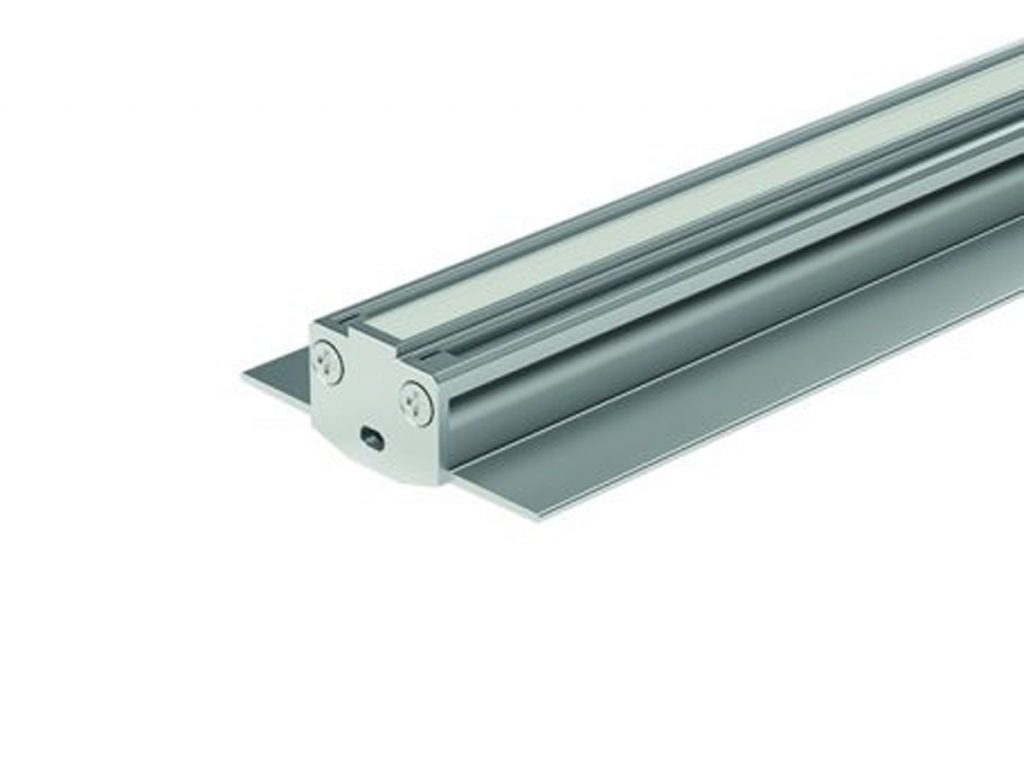
2. Profiling
Aluminium profiles and mounting accessories constitute the light’s body, that is, the physical support that houses the LED strip, protecting it from the environment, allowing its installation and integration into the space and facilitating the dissipation of the heat emitted by the LED circuit.
In terms of choosing the right profile, the first step is to decide the type of installation: surface-mounted or embedded. Once that’s been decided, you will find different-shaped profiles or section, depending on the power of the LED strip. The shape of the profile also influences the direction of the light, as some profiles direct it towards a specific direction while others provide accessories that allow different rotation angles.
Another important parameter when determining the most suitable profile is whether the linear light will be visible or hidden and whether it will be placed indoors or outdoors. When the profile is visible, the colour can be customised, while when it is hidden in the architectural details or in the furniture, the aluminium’s natural finish is usually maintained. And if it’s going to be used outside, it should always be combined with watertight LED strips.
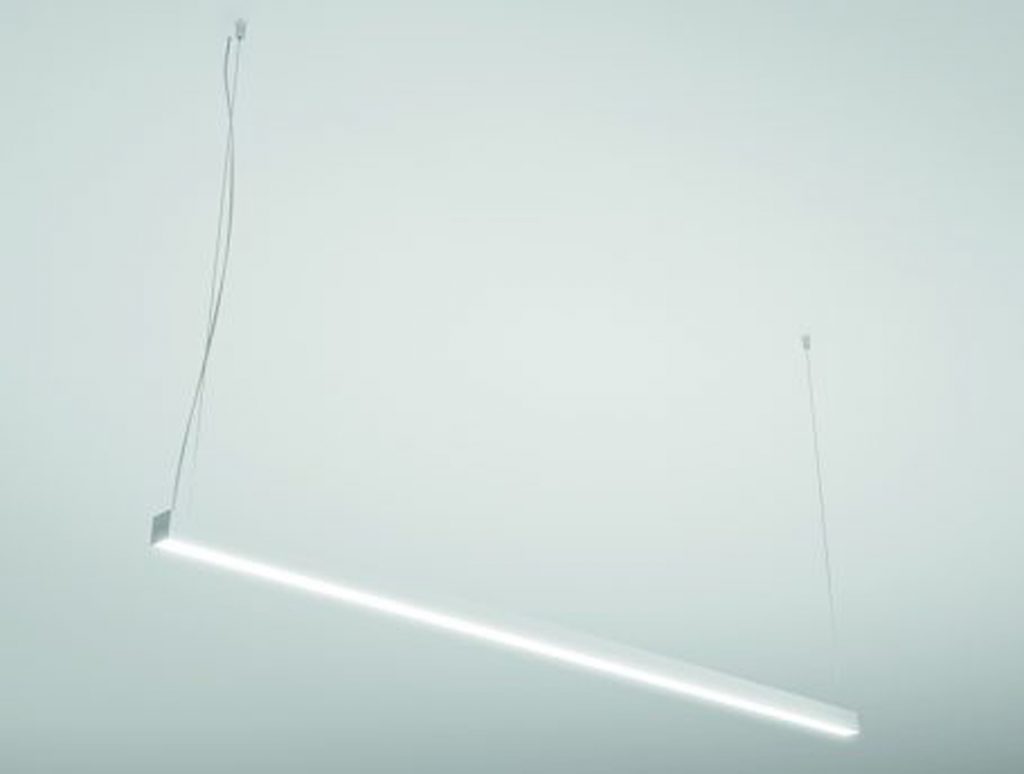
3. Diffusers and lenses
The diffusers and lenses that cover the aluminium profile protect the LED strip and also constitute the optical system, that is, they are the elements that filter, distribute and transform the light emitted by the LED strip.
The key decision when choosing the most suitable type of optical system is to determine whether you are looking for soft, diffused light, or whether you want to achieve a specific aperture angle. Diffusers usually have an opal finish, and as the name implies, they diffuse and soften the light emitted by the LED strip. The diffusion will be more or less intense depending on whether the diffuser is more or less dense or opaline. The shape of the diffuser — flat or curved — will also influence the opening of the light beam. The diffusers absorb some light, thus decreasing the performance of the LED strip. Lenses, on the other hand, are usually transparent and are used when you’re looking for a specific beam of light as its shape or section determines whether it’s more closed or more open.
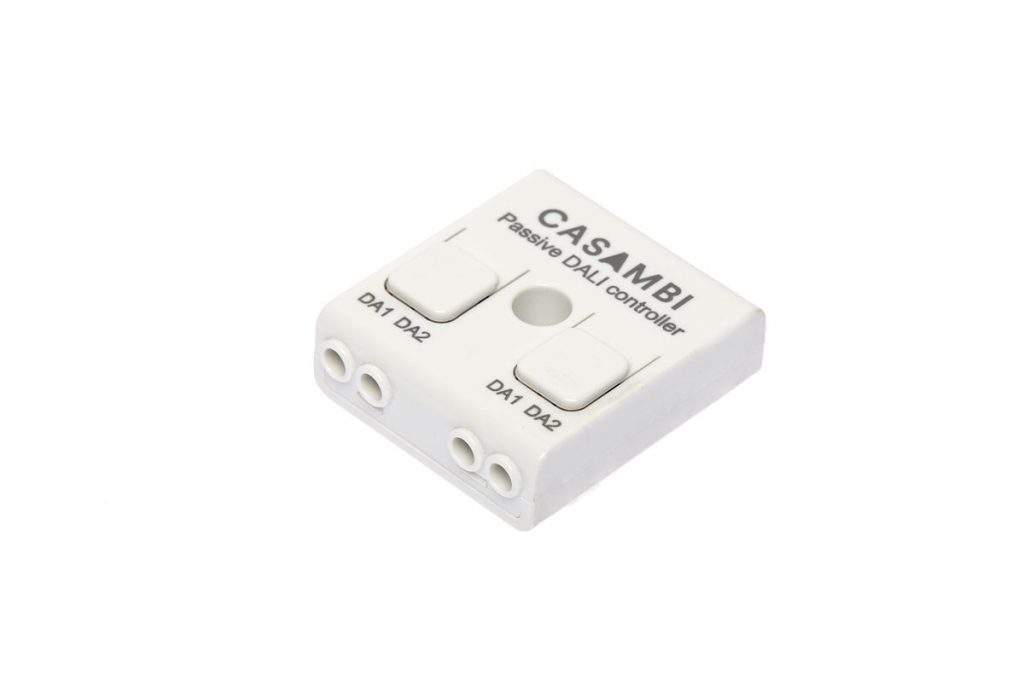
4. Power and control equipment
Power feeders are the equipment that allows the LED strip to be connected to the electrical network, providing constant voltage for it to work correctly. When choosing them, it’s essential to decide whether you want to be able to adjust the intensity, tone or dynamism of the light or simply turn it on and off. The number of power feeders will be determined by the total power of the installation and by the organisation of the circuits.
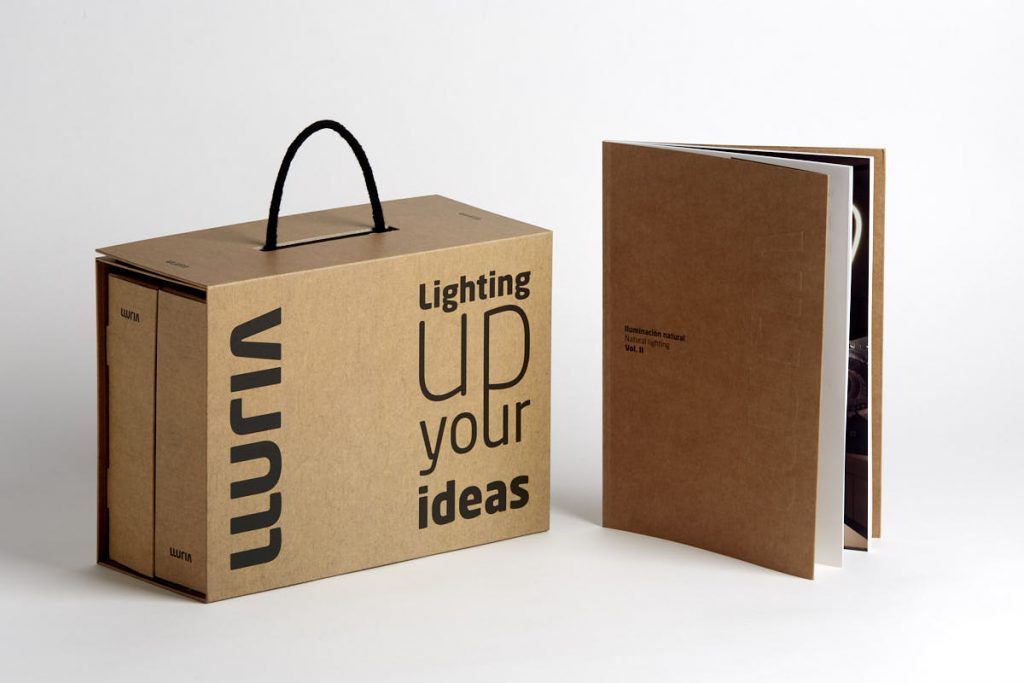
5. Custom application of the product
In addition to these four elements, there is a fifth aspect linked to the application and personalised use of the linear LED, which does not correspond to any specific product, but is resolved through Lluria’s technical advisory service, because each project has unique aesthetic and functional requirements that demand customised solutions. In that case, our team of experts will always be at your disposal to help you design the perfect lighting system.

